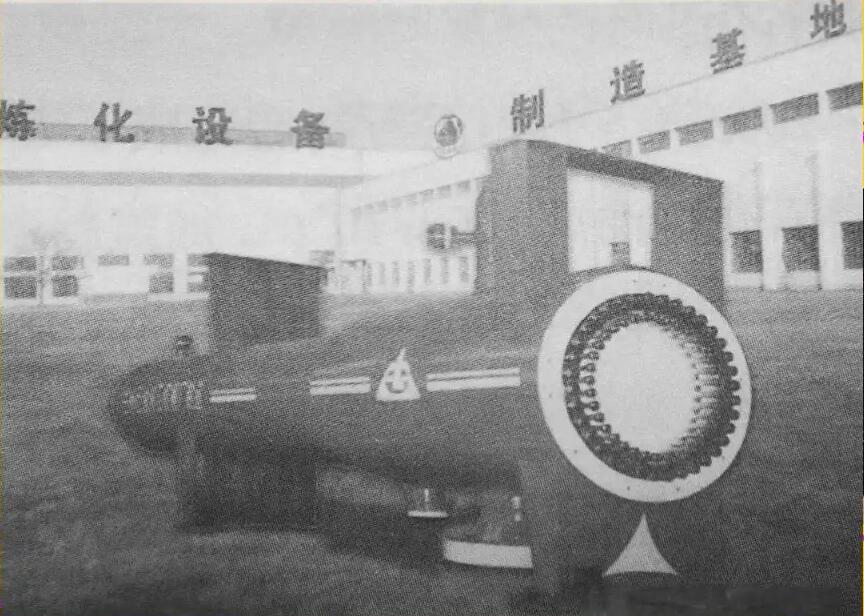- Menu
- Search For Product Models
Search For Product Models
- cn

The concept of heat exchange can be traced back to the 19th century, during the early industrial revolution. The earliest forms were metallic coils and double-pipe exchangers, primarily used in steam boilers and distillation processes. By the late 1800s, shell-and-tube heat exchangers became the industrial standard, offering mechanical strength and scalability for power plants, oil refineries, and chemical industries. This design, still in use today, laid the foundation for modern thermal systems.
The 20th century witnessed a rapid diversification of heat exchanger technology. As industries demanded higher efficiency, compactness, and maintenance flexibility, several new types emerged: Plate Heat Exchangers (PHE), Finned-tube and Air-Cooled Heat Exchangers, Spiral and Plate-Fin designs, and later Welded and Brazed Plate Heat Exchangers. Each represented a leap in thermal performance and application range.
In the 21st century, energy conservation and carbon reduction became the key drivers of thermal engineering. Modern heat exchangers are now designed for maximum energy recovery, minimal fouling, and smart control. Technologies such as laser-welded pillow plates, additive manufacturing (3D printing), AI-assisted CFD design, and advanced corrosion-resistant materials define the new generation of heat exchangers.
China’s heat exchanger industry began in the 1950s–1960s, serving chemical, power, and petroleum sectors with shell-and-tube designs. In the 1980s–1990s, with reform and opening-up, advanced plate heat exchanger technology from Europe was introduced, establishing manufacturing bases in Jiangsu, Zhejiang, and Shanghai. By the 21st century, China became one of the world’s largest producers, expanding into brazed, welded, and spiral designs for HVAC, marine, and renewable applications.
The future of heat exchangers lies in integrated thermal systems, where heat recovery, smart monitoring, and modular construction converge. China is shifting from cost-driven to innovation-driven production, focusing on IoT monitoring, compact modular systems for new energy, and compliance with carbon-neutral policies.
From steam coils to digital smart exchangers, heat exchanger technology has evolved through a century of innovation. Today, China not only participates but leads this transformation, integrating advanced materials, precision manufacturing, and intelligent control to shape a sustainable future.